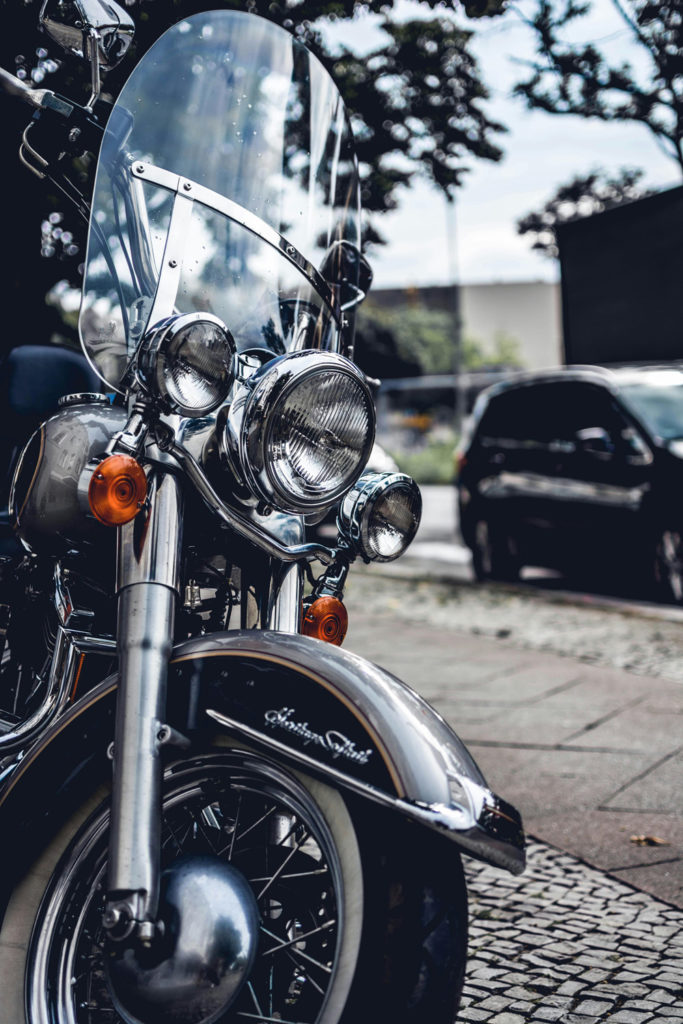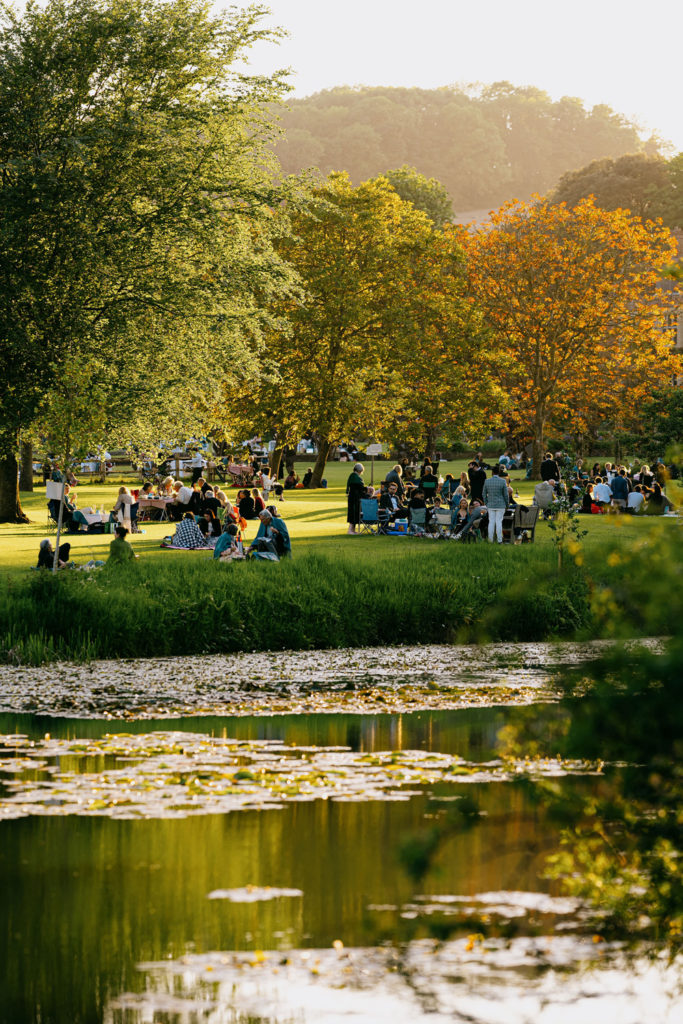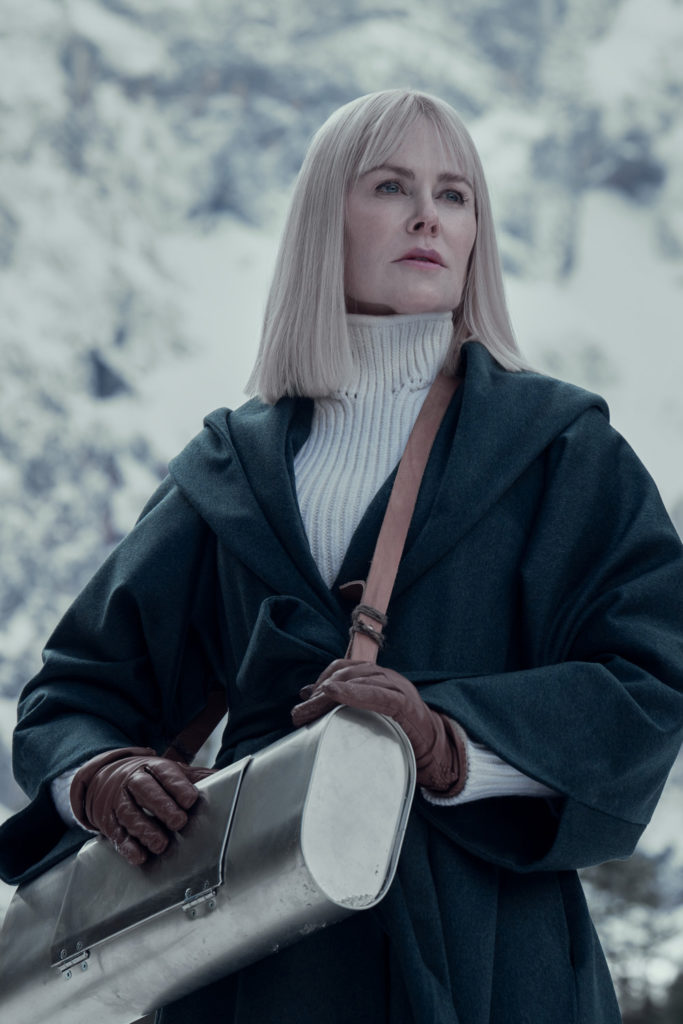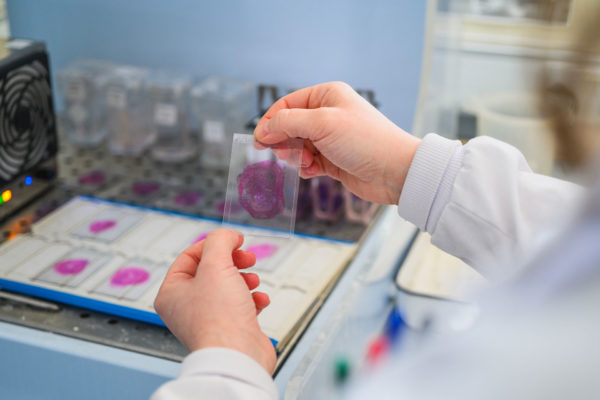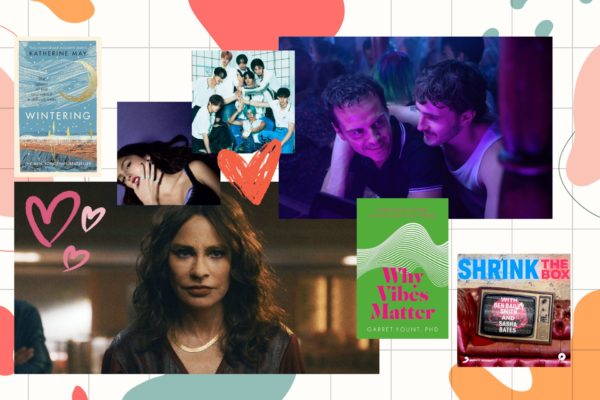How To Die Well – Meet The Death Positive (Or Accepting) Practitioners
By
1 year ago
Have we lost the ability to die 'well'?
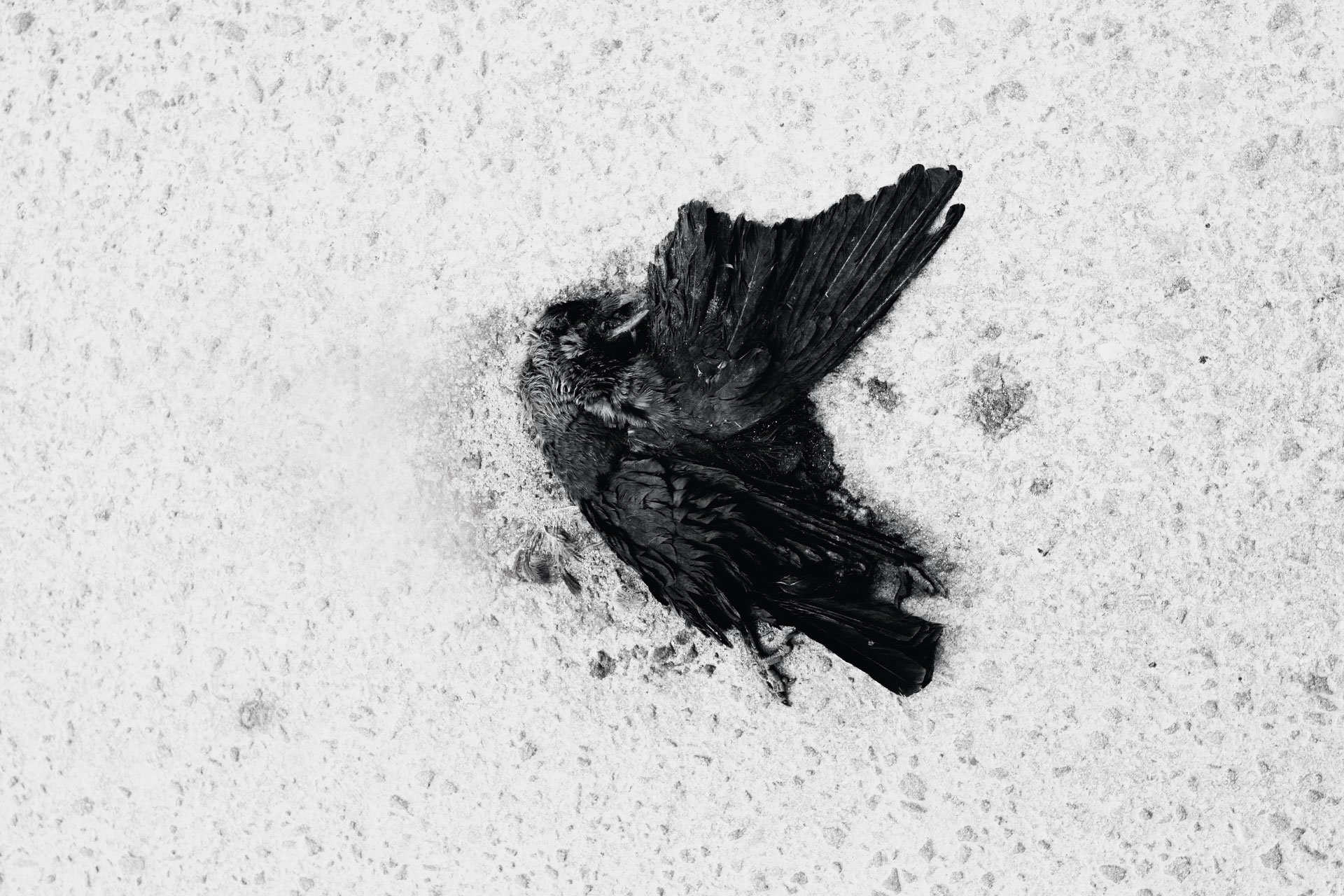
We’ve lost the ability to ‘do’ death, but it’s one of life’s few inevitabilities – so let’s do it well, says Tessa Dunthorne.
Dead Uncertain: Why We’re Disconnected From Death
‘I was lucky, in a way,’ considers Dr Emma Clare. ‘I was brought up by my grandparents, so I always had that awareness that they were closer to the end of life than most people’s parental figures. We were also very immersed in nature, my grandad always outdoors in the Peak District, and bringing home dead wildlife to look at and appreciate. We especially liked birdwatching, and sometimes he’d find [dead] birds, like hawks, that you don’t often get to see up close – he’d call me outside, we’d have a look, and we’d be like, “wow, isn’t life amazing”.’
Emma is an end of life doula and has a PhD in death competency from the University of Derby. Not dissimilar to the doulas who stand alongside midwives for new mothers, she is one of the palliative and post-life care workers who step up in difficult times to hear the wishes of the dying, facilitate conversations for newly bereaved families, and provide a strand of support that the medical system cannot give. In short, she – and her peers – are the people who make death a bit more human – because, essentially, we’ve lost the ability to die well. And it’s come in no small part from our increasing disconnection from nature.
In a recent episode of environmental journalist Rachel Donald’s podcast Planet: Critical, agroecologist Nikki Yoxall bemoans how we’ve begun to think of death in nature as a waste – as something we should try to fix. She argues that we’re increasingly ‘cleansed from decay’, a cycle within which all living things exist; that the invention of plastic itself can be credited with this alienation, as a material that defies that natural cycle with its foreverness.
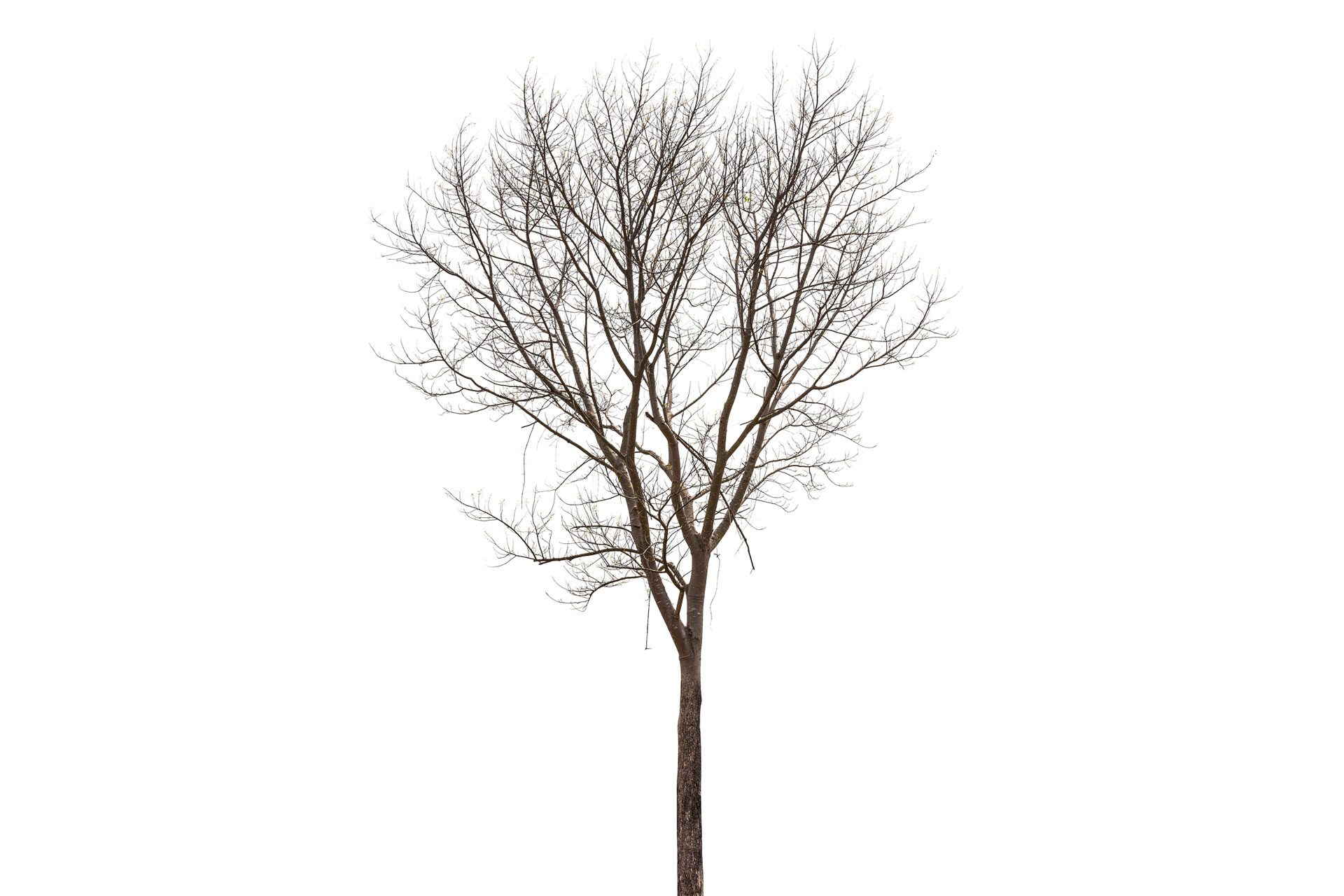
We’re experiencing a nature deficit, and this is impacting our ability to connect with natural cycles
We’re also experiencing a wholesale nature deficit. Rewilding Britain suggests that 90 percent of our time is now spent indoors; we’re less food and nature literate, too The biggest indicator of this is how we’re living beyond the limits of nature, having transgressed six of the nine planetary boundaries set out by climate scientists. But it’s also cropped up in an unexpected way: how we interact with and experience the inevitability of death.
Like plastic, we’re now approaching a technological crux in history where we can (to an extent) deny the natural cycle of life and death (just look at the tech bros in Silicon Valley dropping millions in the search for everlasting life). Human beings have also, of course, made strides in medicine that have almost doubled our lifespans. But by doing so, argues Emma, we have also medicalised our experience of death.
‘Medical advancement is obviously a good thing,’ says Emma, ‘but it makes us feel like we’re aside from nature – that we can conquer death. And we think we know how to avoid it, when actually we don’t – we only know how to prolong the dying process.’
Dr Kathryn Mannix, the palliative care doctor behind With The End In Mind (William Collins, £9.99), argues that medicalisation has radically altered our experience of death. Or, rather, ended our experience of death. ‘Instead of dying in a dear and familiar room with people we love around us,’ she states, ‘we now die in ambulances and emergency rooms and intensive care units, our loved ones separated from us by the machinery of life preservation.’
Emma agrees. ‘One of the reasons that this discomfort starts in society is that a lot of our deaths are now behind closed doors, whereas even a hundred years ago, most people died at home with kids around.’
University of Exeter’s Dr Laura Sangha, a specialist in early modern death cultures, points out that frequent observance of dying in the past didn’t affect the gravitas of loss. ‘Seeing death more, particularly among young children, didn’t mean you grieved less,’ she says, ‘evidence points to parents and children having strong bonds, and parents experiencing heartbreaking suffering when they lost their offspring. But the fact that it was more likely to happen would have meant that you developed strategies to emotionally prepare.’
Other cultures still retain this emotional preparedness, suggests mortician-cum-YouTuber Caitlin Doughty in her book From Here To Eternity (Orion, £8.99). It sees her go around the world following different practises of mourning and burial. She found that Westernised society has shed holding space for the bereaved to grieve openly and without judgement.
In contrast, she found that the Toraja people, from South Sulawesi, Indonesia, embalm the bodies of loved ones and maintain them for years after a person dies, until their burial (after which they are often exhumed on special occasions). In Belize, families bring bodies home from the hospital for a full-day wake and pre-burial preparation, rubbing loved ones in rum to help release rigour mortis-seized limbs more quickly. Closer to home, in Ireland, wakes are held to display the body and queues of people come to pay their respects. In these examples, seeing is believing or at minimum the rituals enhance our understand of our place in the cycle; and it encourages a sense of purpose to help us grieve in meaningful ways.
‘Doulas want to bring death back into the community,’ says Emma, ‘we want to get to a point where people have basic knowledge around death.’
Community seems ultimately the key to unlocking our peace with the end. There is a hunger for open spaces for process and grief – you need only to look at the success of Death Café, which, since starting in an East London basement in 2011, has seen 10,000 events take place in 85 countries.
‘My late son, John, had the idea of Death Café because of his spiritual beliefs,’ says Susan Barsky Reid, his mother and co-founder. ‘He was a devout Buddhist, and so examined death and dying daily. I think he thought it would be helpful for people because there is so much death denial around.’
Indeed, From Here To Eternity concludes that the key to a calmer approach to the end comes as a collective. ‘Death avoidance,’ Caitlin explains, ‘is not an individual failing, but rather a cultural one. Facing death is not for the faint-hearted; it is far too challenging to expect that each citizen will do so on his or her own.’ And Susan points to joy in this shared challenge. ‘My first experience of a death café was life affirming; people laughed a lot and it was very fun. There was such a feeling of intimacy that one got from being with a group of strangers for an hour and a half.’
And then there’s that final link: nature. ‘One of the reasons I’ve been set up to be comfortable with death is because of nature,’ says Emma, ‘because all of nature is constant life and death, and in fact the things we think are most beautiful in nature ultimately tend to be death – like the autumn leaves falling from trees. All of the things we appreciate in nature are only possible because of that cycle from life to death, and I think the more time you spend being really present in nature, the more you feel like part of it, and that normalises being part of the cycle.’
What To Do Next
- Read… Dr Kathryn Mannix’s palliative care memoir, With the End In Mind.
- Attend… A local death café – they take place all over the country (deathcafe.com).
- Consider… How you might like to be buried – and talk about it with loved ones – even if you think it’s a while off!
Featured images via Pexels and Getty Images.

